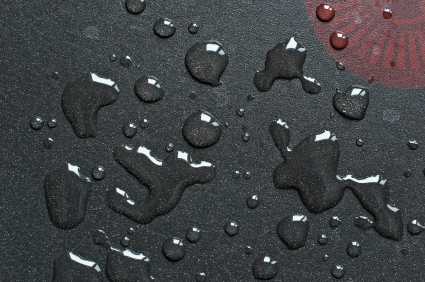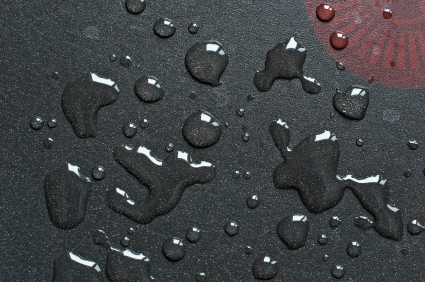Stop! Slippery water
When water drops skitter across a griddle, cooks know that it is hot enough to pour on the pancake batter. These “Leidenfrost” drops are separated from the surface by a cushion of vapor that greatly decreases their resistance to motion.
In a paper in Physical Review Letters, Guillaume Dupeux at CNRS ESPCI in Paris, France, and colleagues tell us how to use textured surfaces to control and even immobilize these drops, stopping them within centimeters instead of meters. On a ridged surface, the drops hit the ridges’ sides, losing kinetic energy on impact. Also, drops often fall partly into the grooves and must overcome the resultant potential energy loss in order to continue moving along the surface. Motion stops abruptly when a drop does not have enough kinetic energy to climb the next ridge.
It is possible that water may experience similar effects on unheated superhydrophobic surfaces, on which drops also make ultramobile pearls that could be controlled or trapped using such textures. – Jane Throwe





